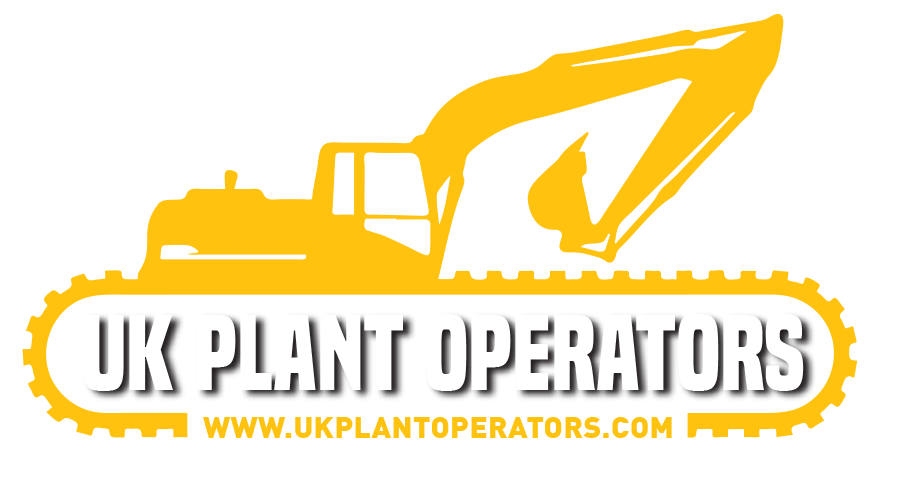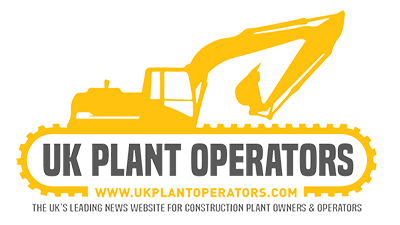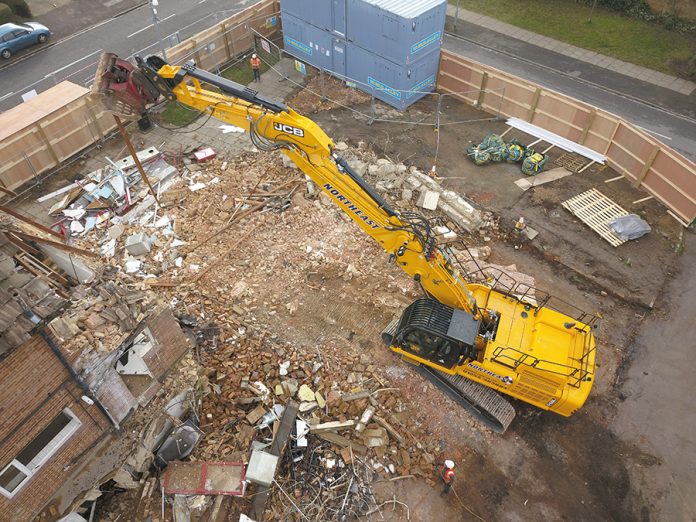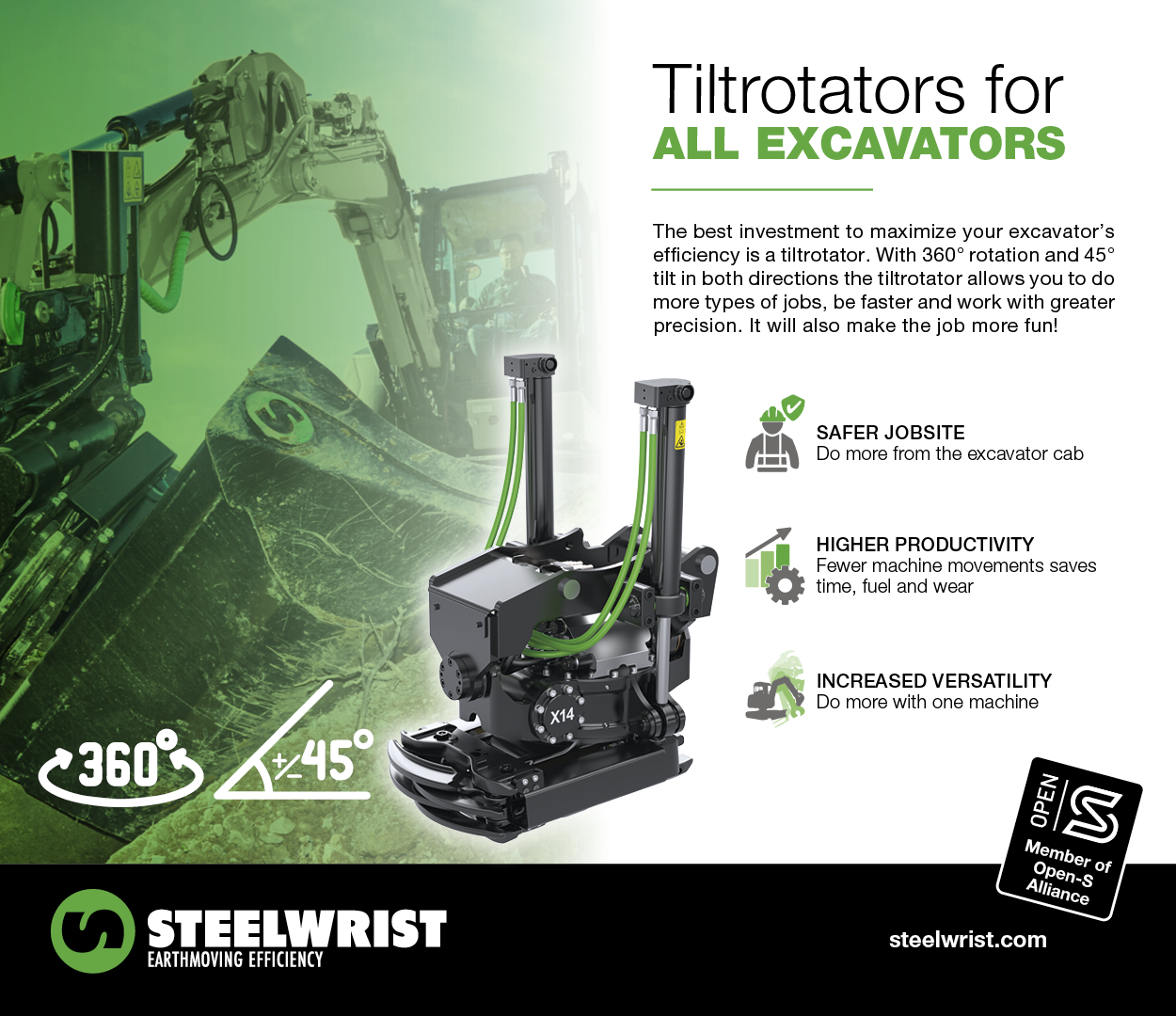![]()
Essex based Northeast Demolition has been a long-term advocate of using British built machinery from Staffordshire’s finest, JCB. Paul Argent reports.
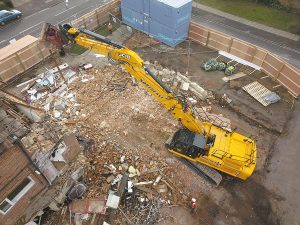
Over the last two decades Northeast Demolition has almost exclusively used JCB excavators and telehandlers for its fleet and has recently invested in the latest version of the JS370 to cope with an influx of contracts.
Based around a standard JS370LC, the machine was dispatched from Rocester to Ipswich where it landed at ISP Member Kocurek’s factory to be converted into the impressive, bespoke machine which was then taken to a project outside Watford where it first saw service.
While a major portion of the JS and new X range of excavators rely on JCB’s own DieselMax engines, the JS370 has been fitted with a 7.7 litre MTU6R1000 engine manufactured by Rolls-Royce. With a proven track record in the development of reliable and fuel-efficient engines, the choice to install this particular engine came as a surprise to many.
The 210kW/281hp engine was seen as an ideal installation in the top of the range excavator. Developing 1150Nm of torque at a leisurely 1,900 rpm, the 6-cylinder diesel is claimed to be one of the best performing engines in its class and offers a low cost of operation thanks to its exceptional fuel economy and high reliability figures.
A pair of 304 l/min variable displacement pumps are fitted for the entire machine and provide more than enough pressure and flow for the smooth operation of multiple functions at once. Meeting Tier 4 final emissions regulations requires the installation of a DEF system which sits conveniently next to the diesel tank on the offside of the upper structure. To prevent cross contamination, each tank has a different coloured cap fitted, operated by separate keys and with different nozzle sizes.
Easy transport
Wanting the excavator to remain easily transportable and able to access and work on the tightest of sites, the undercarriage was left standard with the X-Frame carbody remaining albeit uprated with the addition of extra guarding. The near 5 m long track frames have been fitted with 48, 600mm wide track pads per side. The nine lower rollers have been protected with additional guards to stop potential damage.
The upper structure remains near to standard with the simple addition of a heavier, 8.5 tonne counterweight and the fitting of a robust bolt-on skirt designed to deflect stray rebar and stop it from damaging the panel work of the machine.
The JS cabin was removed when it arrived at Kocurek and was mounted to a tilting frame before the electrical and hydraulic connections were refitted and the whole assembly affixed to the upper structure frame. The frame is finished off with an integral FOPS guard to prevent any damage from falling material. Kocurek have also replaced the two-piece front screen and sunroof with a single piece, armoured unit which gives the operator a clear view at all times.
Neat touches also include a slightly wider skirt around the cab frame to allow a safe step in and out of the cab. An additional step has also been fabricated to aid access from the tracks into the cab along with additional under body protection.
High-reach boom
The original boom foot has been kept from the standard excavator arm and has been carefully cut and modified to receive the now industry standard hook and pin connection system associated with a Kocurek conversion. The hardened steel pins protrude from the attachment and allow the operator to carefully lift the 21m high reach boom or the two-position short boom away from their respective storage cradles.
Once the boom is off the cradle and in the correct position, a pair of hydraulic cylinders mounted to each side of the boom foot are actuated to push the boom retaining pins into position, locking the boom in safely. For both booms, there is a small, hand-railed platform to the offside which the operator/fitter is able to reconnect all of the hydraulic, electrical and water services. Smaller connections are made with a simple quick coupling block whilst the larger connections are all on singular quick coupling fittings.
The high reach boom has been supplied with its own bespoke cradle which has been designed to carry the 21m arm on the back of an 8-wheeler hook lift truck. Once the boom is detached and chained into the cradle, it is a simple task of the truck lifting the whole cradle onto its back and transporting it to the next project. The complete long front end for the JS370 weighs in at a shade over 6.2 tonnes with the cradle accounting for a further 1.55 t.
Engineering excellence
Whilst Kocurek has an enviable reputation for designing and supplying some of the most important innovations in the demolition world, many don’t realise that the core of the firm still relies on its engineering excellence with almost every single part of the conversion work either fabricated or manufactured in house at the Ipswich plant.
“We are predominately known for our demolition arms.” Fred Stearn, Kocurek’s technical sales manager explains. “To ensure we are able to manufacture exactly what we want and when we want it, our engineering department manufactures the specific items for each conversion from bearings to hydraulic cylinders. This way we know what goes into the build of one of our conversions and ensures the longevity of the product.”
Quick switch
The requirement for the high reach arm on this particular project was short lived and a quick swap to the straight boom set up left the machine with enough working height and radius to remove the remainder of the structure.
Equipped with a Geith hitch and Worsley Plant supplied Rotar selector grab, the machine was able to reach the roof tiles and remove them and the underlying structure carefully, separating the timber for recycling with the roofing felt being put into a separate skip for disposal. The increased use of the selector grab makes the separation and segregation of materials a much less labour intensive and far safer job.
To ensure the machine works within the given and safe operating parameters, Kocurek install a Prolec system which warns the operator should the limits of the working range and envelope are being reached. Should the parameters be exceeded, the system will only allow the operator to bring the machine back into the safe working range.
With a weight of just under 47 tonnes in the short arm configuration with Rotar grab attached, the excavator remained stable at all times and quickly removed the building flat by flat. While the JS370 was possibly a touch too big for this particular project, the Northeast team believe in getting the job done and saw the opportunity to pull back lost time on the contract due to the late disconnection of services. The arrival of the JS370 certainly did that to the immense satisfaction of both the demolition contractor and their client. Operator Mark Strong has experience of a number of high reach machines and believes that JCB and Kocurek have a very good product in the JS370HRD.
Northeast Demolition’s managing director Wayne Harris was very upbeat about the addition of the new demolition machine saying “It gives us the ability to undertake high reach work within London now as the authorities are clamping down on older, more polluting machines. We have been very happy with the older JS370 excavators in the fleet and can imagine this new one will offer us a similar level of performance and productivity, something our site teams come to expect with the JCB range.”
